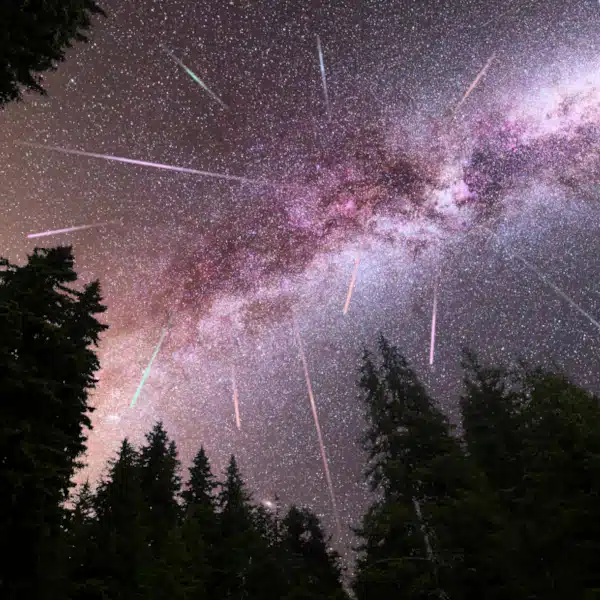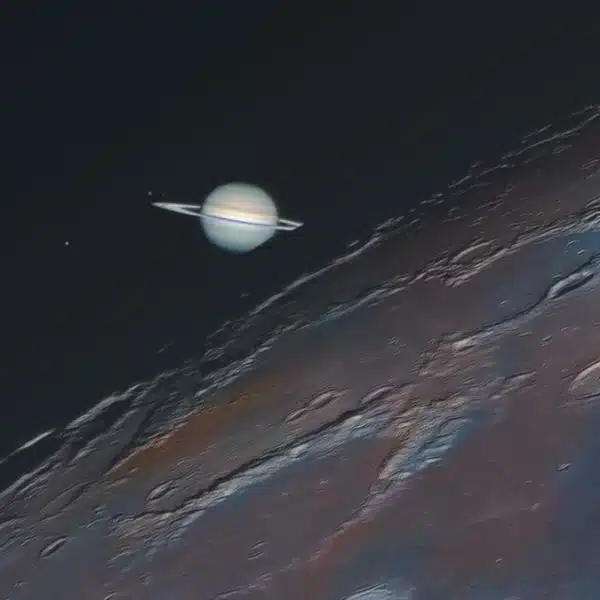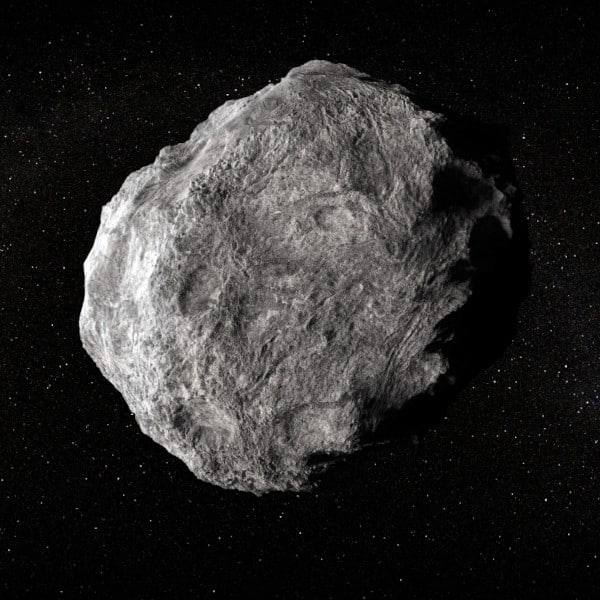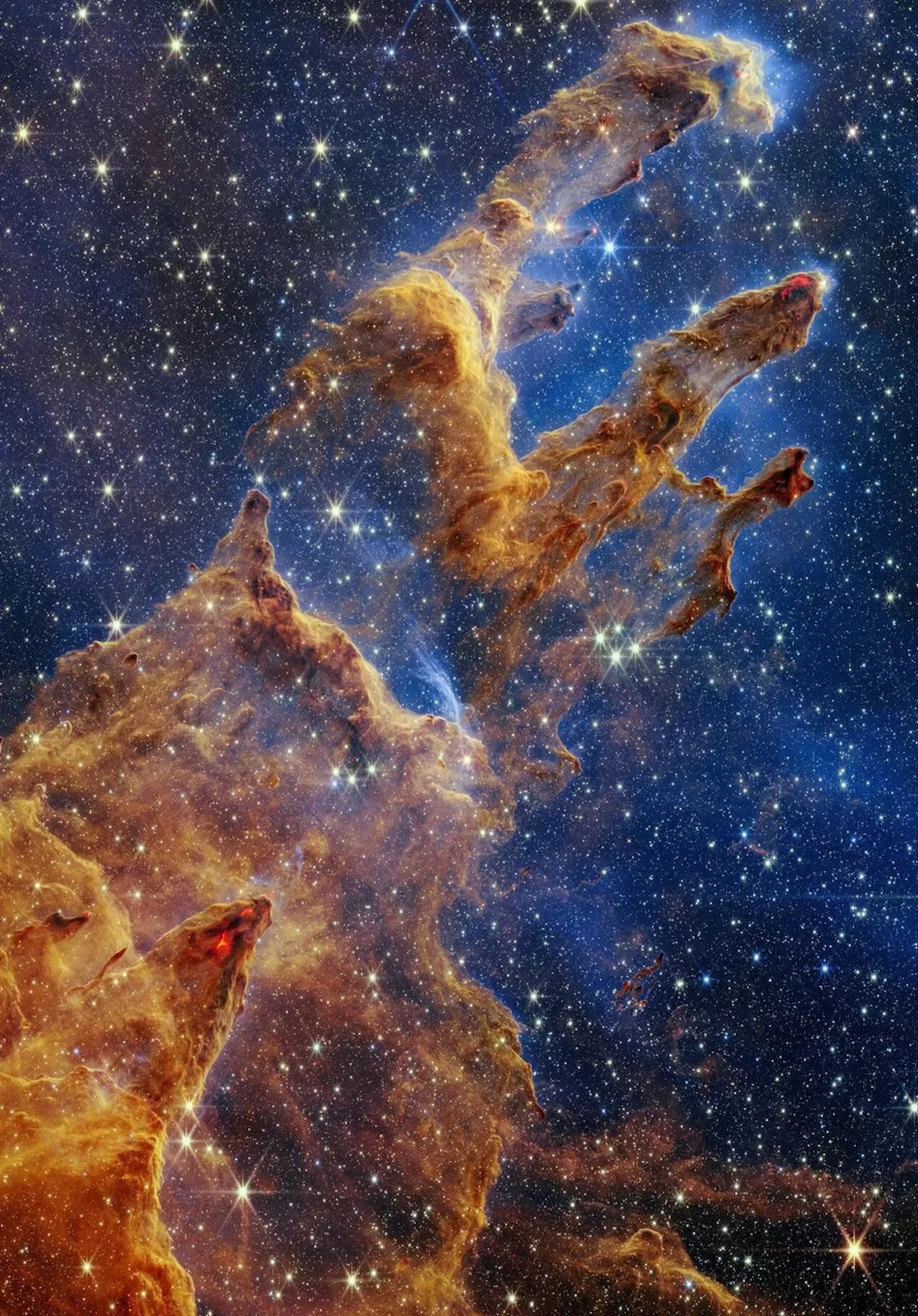
James Webb Space Telescope’s image of the Pillars of Creation, 2022 (Photo: NASA, ESA, CSA, STScI; J. DePasquale, A. Koekemoer, A. Pagan (STScI))
In 1995, the Hubble Telescope captured the first image of a region of space called the Pillars of Creation, where new stars are born. As part of the Eagle Nebula, it lies 6,500 light-years away from the Earth, making the photograph all the more incredible to look at when considering the distance. And while the Hubble's images from 1995 and later, in 2014, are impressive, a new photograph from the more-advanced James Webb Space Telescope showcases this astronomical sight in never-before-seen detail.
Taken with the Webb's Near-Infrared Camera (NIRCam), this 122-megapixel photo reveals intricacies in the composition of the Pillars of Creation, as well as the illumination of dozens of more stars scattered across space. “The three-dimensional pillars look like majestic rock formations, but are far more permeable. These columns are made up of cool interstellar gas and dust that appear—at times—semi-transparent in near-infrared light,” the ESA explains.
The stunning image captures protostars that are in the making—one just has to look for the glowing red orbs framed by the yellow clouds. “Webb’s new view of the Pillars of Creation will help researchers revamp their models of star formation by identifying far more precise star populations, along with the quantities of gas and dust in the region. Over time, they will begin to build a clearer understanding of how stars form and burst out of these dusty clouds over millions of years,” ESA continues. The clarity of the new photo is due to the NIRCam's three filters, which map different wavelengths of infrared light. As a result, the JWST produces far more detailed photographs, even in the deep pockets of space.
This is yet another remarkable image of space thanks to JWST. It will be exciting to see what it captures next.
The James Webb Space Telescope has released a highly detailed 122-megapixel photo of the Pillars of Creation, a region of space where new stars are born.
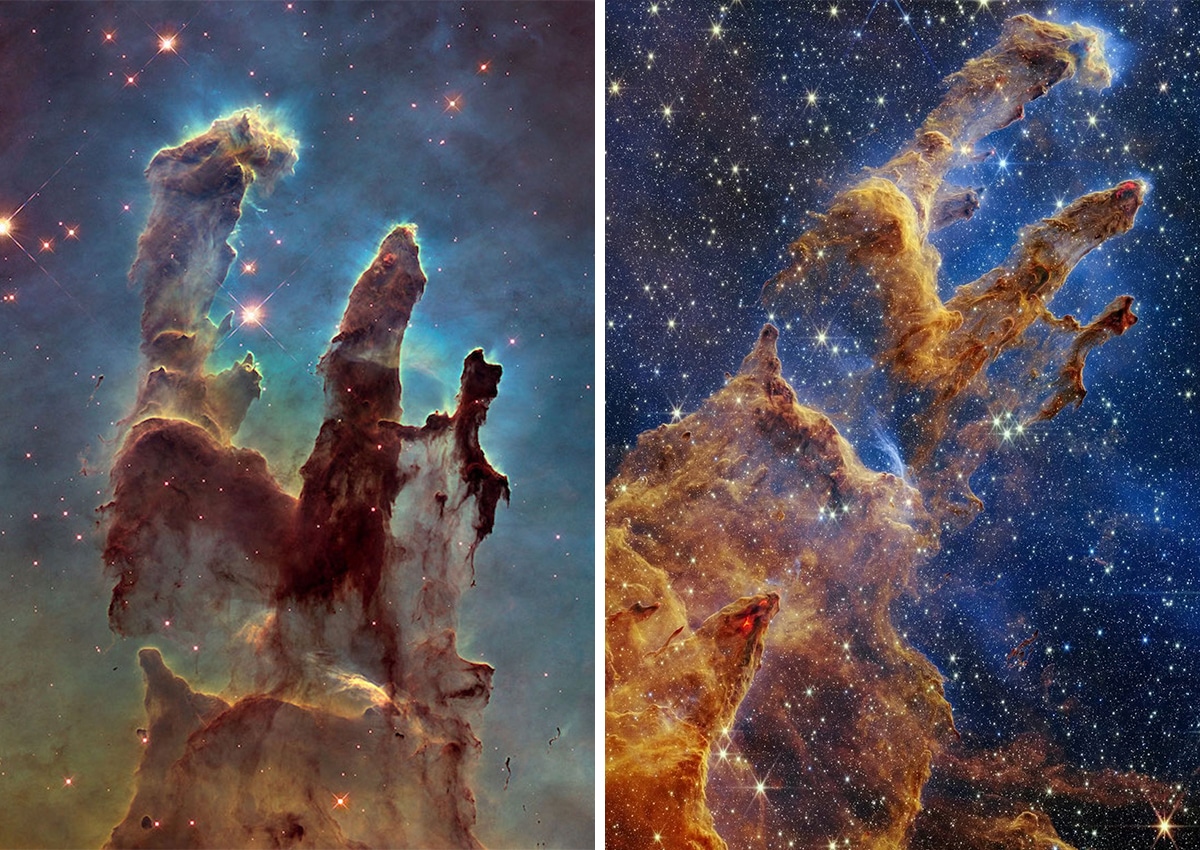
Left: Hubble Space Telescope’s image of the Pillars of Creation, 2014 (Photo: NASA, ESA/Hubble and the Hubble Heritage Team) Right: James Webb Space Telescope’s image of the Pillars of Creation, 2022 (Photo: NASA, ESA, CSA, STScI; J. DePasquale, A. Koekemoer, A. Pagan (STScI))











































































